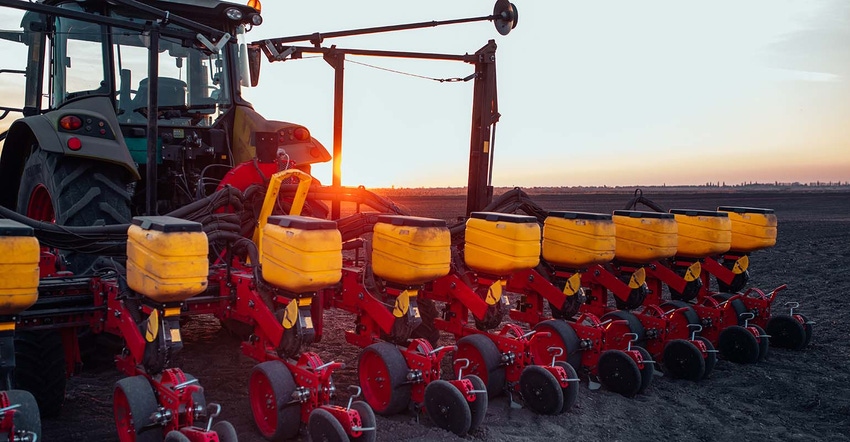
Recent conversations with producers have been interesting when discussing what they will be planting next spring. I’ve heard everything from, “More soybeans, I can’t afford to plant corn with high input prices,” suggest Midwest farmers. While clients in Southern states suggest, “Less soybeans, I’m going with cotton.”
The current grain market is aware that the acreage battle for spring 2022 is still in motion. With nine grain and oilseed commodities with tight ending stocks, all commodities need as many acres as they can get to alleviate the tight ending stocks situation.
Something caught my eye though last month when the USDA released the preliminary baseline acreage projection information.
The USDA provides “early-release” tables in early November, and then provides a more current and substantial Agricultural Projections report the following February. This early November report provides insight as what the USDA is thinking might be planted in the spring of 2022, with heavy emphasis on “subject to change.”
The recent November Baseline report from the USDA simply bucks the notion of a substantial increase in soybean acres.
More soybean acres, less corn
Last spring in the United States, farmers planted 87.2 million acres of soybeans, and the November Baseline projection suggests there will be 87.5 million acres for the spring of 2022. This is a modest increase of .3 million acres.
The notion of less corn acres being planted due to high input prices is definitely true. The USDA pegged 2021 planted spring acres at 93.3 million acres, and suggest that in spring of 2022, acres could be down to 92 million acres.
Increasing wheat and cotton acres
Noticeable increases in acres come for wheat and cotton. This makes sense to me.
In the Northern Plains, it is profitable to plant spring wheat, so acres that may have been recently planted as corn or soybeans, may likely get switched into spring wheat.
In the Southern Plains, an increase in winter wheat acres seems likely, coming at the expense of corn acres or even sorghum acres.
And finally, in the South, cotton acres appear to be gaining traction with November baseline projected spring acres at 12 million acres, up from 11.2 million planted in the United States this year.
As I stated at the beginning, these are very preliminary baseline projections. They will likely change in the bigger February Agricultural Projections report, and then change again when the March 31, 2022 Prospective Plantings report is released.
To me though, for the moment, this still suggests that the acreage battle is still in full play, as evident by elevated grain futures prices for the 2022 crop year. As a producer, if you are still deciding your acreage game for spring, be mindful of input prices. If the cash market is providing a profit right now for next year’s crop, do be mindful of protecting that value.
Reach Naomi Blohm: 800-334-9779, Twitter: @naomiblohm, and [email protected].
Disclaimer: The data contained herein is believed to be drawn from reliable sources but cannot be guaranteed. Individuals acting on this information are responsible for their own actions. Commodity trading may not be suitable for all recipients of this report. Futures and options trading involve significant risk of loss and may not be suitable for everyone. Therefore, carefully consider whether such trading is suitable for you in light of your financial condition. No representation is being made that scenario planning, strategy or discipline will guarantee success or profits. Any decisions you may make to buy, sell or hold a futures or options position on such research are entirely your own and not in any way deemed to be endorsed by or attributed to Total Farm Marketing. Total Farm Marketing and TFM refer to Stewart-Peterson Group Inc., Stewart-Peterson Inc., and SP Risk Services LLC. Stewart-Peterson Group Inc. is registered with the Commodity Futures Trading Commission (CFTC) as an introducing broker and is a member of National Futures Association. SP Risk Services, LLC is an insurance agency and an equal opportunity provider. Stewart-Peterson Inc. is a publishing company. A customer may have relationships with all three companies. SP Risk Services LLC and Stewart-Peterson Inc. are wholly owned by Stewart-Peterson Group Inc. unless otherwise noted, services referenced are services of Stewart-Peterson Group Inc. Presented for solicitation.
The opinions of the author are not necessarily those of Farm Futures or Farm Progress.
About the Author(s)
You May Also Like






